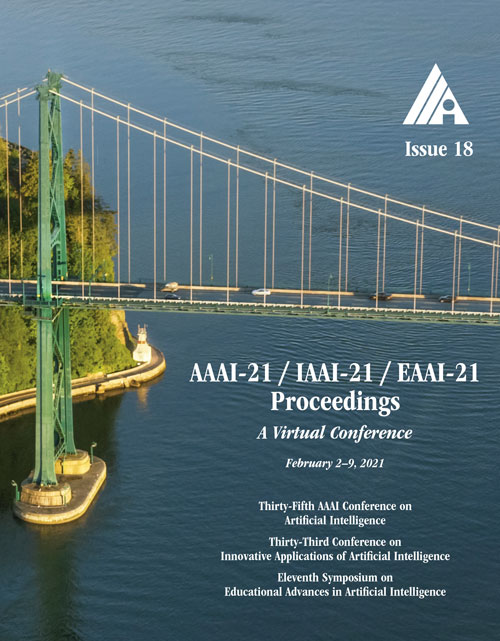IBM Scenario Planning Advisor: A Neuro-Symbolic ERM Solution
DOI:
https://doi.org/10.1609/aaai.v35i18.18003Keywords:
Scenario Planning, Neuro-Symbolic Systems, AI Planning, Causal Extraction From TextAbstract
Scenario Planning is a commonly used Enterprise Risk Management (ERM) technique to help decision makers with longterm plans by considering multiple alternative futures. It is typically a manual, highly labor intensive process involving dozens of experts and hundreds to thousands of person-hours. We previously introduced a Scenario Planning Advisor prototype (Sohrabi et al. 2018a,b) that focuses on generating scenarios quickly based on expert-developed models. We present the evolution of that prototype into a full-scale, cloud deployed ERM solution that: (i) can automatically (through NLP) create models from authoritative documents such as books, reports and articles, such that what typically took hundreds to thousands of person-hours can now be achieved in minutes to hours; (ii) can gather news and other feeds relevant to forces in the risk models and group them into storylines without any other user input; (iii) can generate scenarios at scale, starting with dozens of forces of interest from models with thousands of forces in seconds; (iv) provides interactive visualizations of scenario and force model graphs, including a full model editor in the browser. The SPA solution is deployed under a non-commercial use license at https://spa-service.draco.res.ibm.com and includes a user guide to help new users get started. A video demonstration is available at https://www.youtube.com/watch?v=IaX3d37NUl8.Downloads
Published
2021-05-18
How to Cite
Feblowitz, M., Hassanzadeh, O., Katz, M., Sohrabi, S., Srinivas, K., & Udrea, O. (2021). IBM Scenario Planning Advisor: A Neuro-Symbolic ERM Solution. Proceedings of the AAAI Conference on Artificial Intelligence, 35(18), 16032-16034. https://doi.org/10.1609/aaai.v35i18.18003
Issue
Section
AAAI Demonstration Track

